“Szeretnénk, ha minden oktatási rendszerek a gyerekeket tanítani, hogy legyen kreatív Changemakers maguknak és egy jobb világot.” – Emer Beamer
A gyorsan változó világban rengeteg nagy problémák megoldására. A gyerekek szeretik jön ki saját ötleteket nagy problémák. Hogyan lehet, hogy a kreativitás és a szenvedély juttatni mind megfelelő tanulási és javítja a bolygó ők öröklik?
Írja Emer Beamer. A lendület a start-up, Designathon Works, volt a tervezés „munka” csinál a hátrányos helyzetű fiatalok szerte a szub-szaharai Afrikában és Ázsia számos országban. Time and time again she noticed that young people wanted to be change agents for their world. A Designathon módszer ötvözi tervezési gondolkodás és Maker oktatás. Both these learning approaches are gaining ground in education systems around the world. Ma, Designathon has chapters located in the Netherlands, Dubai, Dél-Afrika, Aruba, Kanada, India, Horvátország, Szerbia, Lengyelország, and Spain, plus an annual event hosted by over 25 cities around the world.
A Global Search for Education is pleased to welcome Emer Beamer, the founder of Designathon Works, to talk about how her model is innovating learning.
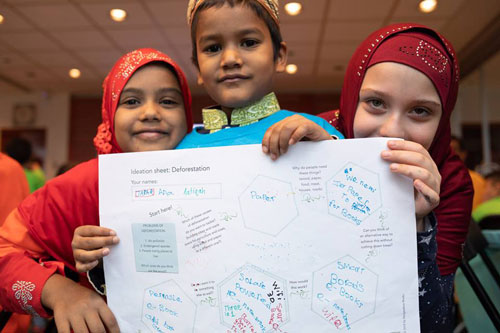
“Our unique value proposition for learners lies in the combination of these three pillars: kreatív gondolkodás, technological literacy, and being invited to apply themselves to global issues.” – Emer Beamer
Emer, how would you describe the unique value proposition you offer your learners?
Our unique value proposition for learners lies in the combination of these three pillars: kreatív gondolkodás, technological literacy, and being invited to apply themselves to global issues. To explain, many programs for children presume to offer them small and relatively inconsequential issues to tackle, such as where a street light should be placed. In a design-athon, azonban, children get to work on issues such as plastic soup, éghajlatváltozás, and refugee problems. The size of the issues is highly motivating and also corresponds to the level of concern children experience. They want to think big.
Tell us a story that illustrates HOW the program works – the goals and the challenges?
During the Global Children’s Designathon, the children learned about deforestation through an interactive themed presentation followed by a discussion. In order to have the highest impact on future endeavors, the children are urged to tackle the causes of deforestation rather than the consequences. The causes for cutting down trees are (1) anyagok (wood & paper), (2) to make space for cities and roads, és (3) to use land for agriculture, specifically cows. After exploring the topic as a group, the children split into teams to ideate using the ideation worksheet which helps them channel their ideas, exchange with each other, and step-for-step agree on an idea to help solve the problem. As they work, mi, as facilitators, check in to see if they need help. A few teams then share their ideas with the whole group to clarify their concepts and inspire the others. The next step is to make a functional drawing of their idea. The children then visualize their idea and explain with words and arrows how it will work.
After this step, another few teams share their sketch and idea with the whole group for more feedback. It’s almost time to start making now, but first, we are going to exchange via Skype with a group of children in South Africa. They are working on the same theme so we can find out what they have come up with.
A few of the ideas so far include:
The Mazingira App is designed by children to raise awareness amongst children about the effects of climate change. It helps them acquire enough information, erőforrás, and knowledge necessary for protecting the environment.
The planting organization device (POD) is a rolling robot fit to detect deforestation and find fertile ground to immediately plant a tree as a replacement.
The making part of the project is the longest and the best according to most children. There are a great variety of materials to work with to create your idea, from recycled materials and clay to a whole Maker Kit with a motor, a light, propellers, and switches, so you can make the prototype really work.
There is never enough time to finish the prototype as well as we want. But the time is up, and the parents and experts are here for you to present to. Each team gets two minutes to present their idea and what they made. The experts ask questions.
Every child gets a certificate of participation. The government representative chooses three projects which will be presented to the local government to see if they can take this idea a step further. The photographer takes pictures of all the children, the facilitators, and the experts. The children run to their parents to celebrate.
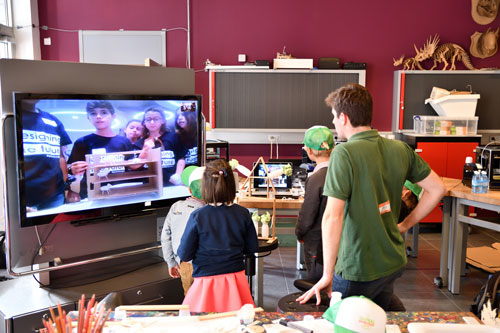
“In a design-athon, children get to work on issues such as plastic soup, éghajlatváltozás, and refugee problems.” – Emer Beamer
It sounds inspiring! What feedback do you get from teachers and kids on your method?
We regularly survey both teachers and children, and the main takeaways we get from children are:
1. We love coming up with our own ideas for big problems.
2. Working together in a team is fun.
3. We love making with electronics.
This is irrespective of gender. The age group we target is 6-12 év.
Here are a couple of quotes from the children from our last global event:
“I learned to respect nature and to have a positive influence to save the world.” – GCD 2018 participant in Tunis, Tunisia
“If there were more Designathons around the world, we could save forests.” – Ilyas, 10, Montreal
68% of the children felt that the Global Children Designathon had a large positive impact on their creativity.
From the teachers, we hear nearly every time that they didn’t expect the children to be so creative and engaged.
In informal interviews and general feedback during and after the workshops, we discovered that most adults were surprised by the way children were able to tackle the problems. Comments like “surprisingly creative” vagy “the way they think is really unexpected” are examples.
This lack of expectation shows us that adults don’t realize that children have the potential to produce some of the ideas. Unwittingly, we suspect that these low expectations conspire against the possibilities for cultivating creativity and agency in children.
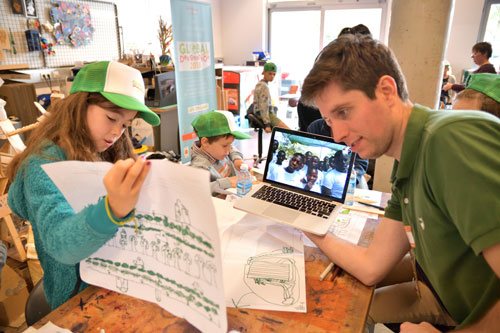
“From the teachers, we hear nearly every time that they didn’t expect the children to be so creative and engaged.” – Emer Beamer
How involved are your learners in shaping your curriculum?
We have a series of themes which all follow the same design thinking and maker education approach; we call them a design-athon project. The themes the projects work on are linked to the sustainable development goals (SDGs). When we are choosing the themes, we check in with a group of children who have worked with us over the years, then we draft them in order to test it with at least two different groups of children. We also gather input on the themes from the global hosts of the event in countries around the world. Például, last year’s theme was Deforestation (part of SDG 15 Life on Land), so we gathered input from teachers on how that issue was perceived in their country to provide further information on the theme.
Ami még fontosabb, with a design-athon project, the children always get to decide themselves which aspect of the theme they want to focus on. In this way they contextualize it for themselves and make it relevant. Például, one theme we offer is ‘Mobility,’ which is all about getting from A to B. Relevant problems can include the individual’s inability to move around freely, regardless of age or income. Azonban, it also relates to the environment. Do we have sustainable forms of transport? When we do this theme in Amsterdam, children often choose to focus on C02 or air quality in relation to car pollution. Vagy, they may want to tackle traffic jams which stress their parents. In Nairobi, children chose to tackle the problem of drunken drivers causing crashes and Matatu drivers who race on the roads. Each team of three children choose their own perspective, thus ensuring that the problem they work on is one they consider to be an important problem worth solving.
Where do you see Designathon Works going in the next five years?
If we look at the life cycle of social innovation, we find ourselves after four years to have gone through two main stages: exploring the problem mentioned above and designing a solution. Then we spent another two years validating our business and impact models. We have made quite some progress towards replicating and scaling our methodology to schools and cities globally. Egy időben, we are not yet satisfied that the approaches we have for scaling are the best ones. Így, we plan to spend another year on two tracks: one is to validate the methodology and it’s learning impacts, and the other is to revisit and fine-tune our methods to achieve system change. We are looking into having an endgame of open sourcing our method wherein we become a knowledge hub and collaborate with governments as they adopt new learning practices. Végül, we want all education systems to teach children to become creative changemakers for themselves and for a better world.
C. M. Rubin and Emer Beamer
Csatlakozz hozzám és világszerte elismert szellemi vezetők többek között Sir Michael Barber (UK), DR. Michael blokk (Az US), DR. Leon Botstein (Az US), Professzor Clay Christensen (Az US), DR. Linda Darling-Hammond (Az US), DR. MadhavChavan (India), Charles Fadel (Az US), Professzor Michael Fullan (Kanada), Professzor Howard Gardner (Az US), Professzor Andy Hargreaves (Az US), Professzor Yvonne Hellman (Hollandiában), Professzor Kristin Helstad (Norvégia), Jean Hendrickson (Az US), Professzor Rose Hipkins (Új-Zéland), Professzor Cornelia Hoogland (Kanada), Tisztelt Jeff Johnson (Kanada), Mrs. Chantal Kaufmann (Belgium), DR. EijaKauppinen (Finnország), Államtitkár TapioKosunen (Finnország), Professzor Dominique Lafontaine (Belgium), Professor Hugh Lauder (UK), Lord Ken Macdonald (UK), Professor Geoff Masters (Ausztrália), Professzor Barry McGaw (Ausztrália), Shiv Nadar (India), Professzor R. Natarajan (India), DR. PAK NG (Szingapúr), DR. Denise Pope (US), Sridhar Rajagopalan (India), DR. Diane Ravitch (Az US), Richard Wilson Riley (Az US), Sir Ken Robinson (UK), Professzor Pasi Sahlberg (Finnország), Professzor Manabu Sato (Japán), Andreas Schleicher (PISA, OECD), DR. Anthony Seldon (UK), DR. David Shaffer (Az US), DR. Kirsten Magával ragadó Are (Norvégia), Chancellor Stephen Spahn (Az US), Yves Theze (LyceeFrancais számú amerikai egyesült államokbeli), Professor Charles Ungerleider (Kanada), Professzor Tony Wagner (Az US), Sir David Watson (UK), Professzor Dylan Wiliam (UK), DR. Mark Wormald (UK), Professzor Theo Wubbels (Hollandiában), Professzor Michael Young (UK), és professzor Minxuan Zhang (Kína) mivel azok feltárása a nagy kép oktatási kérdés, hogy minden nemzet ma szembesül.
A Global Search Oktatási közösségi oldal
C. M. Rubin a szerző két legolvasottabb internetes sorozat, amely megkapta a 2011 Upton Sinclair díjat, "A Global Search for Education" és "Hogyan fogjuk Olvasd?"Ő is a szerző három eladott könyvek, BeleértveThe Real Alice Csodaországban, a kiadó CMRubinWorld és egy Disruptor Alapítvány ösztöndíjasa.
Kövesse C. M. Rubin on Twitter: www.twitter.com/@cmrubinworld

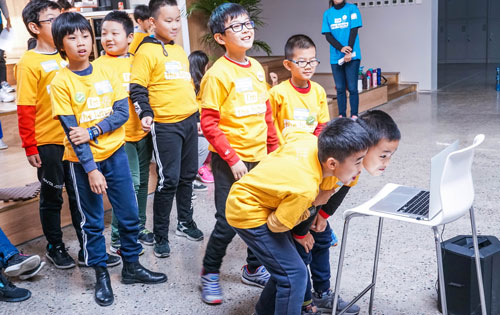

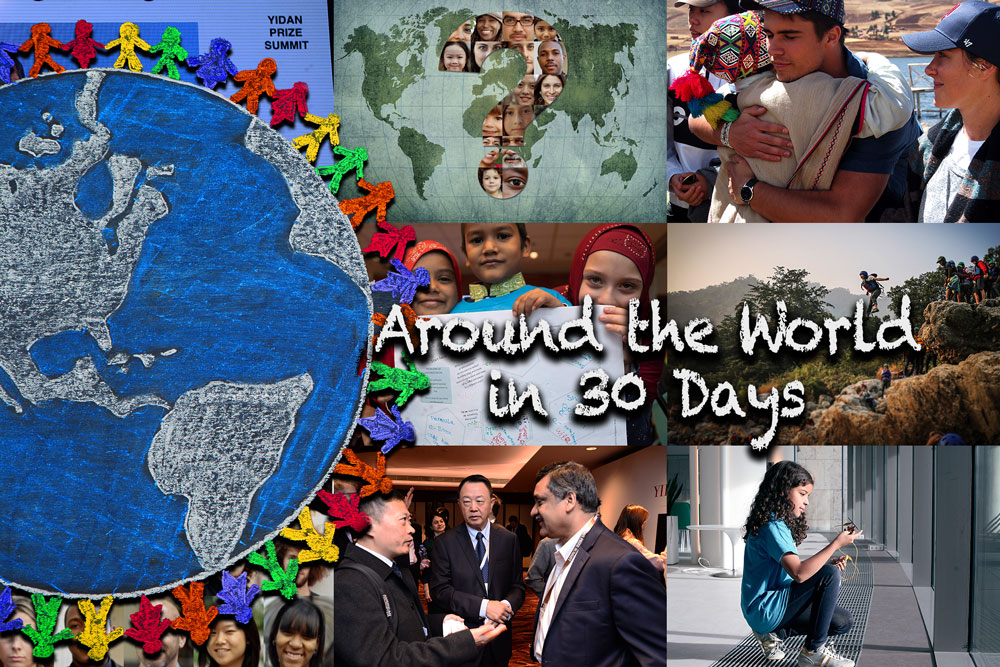

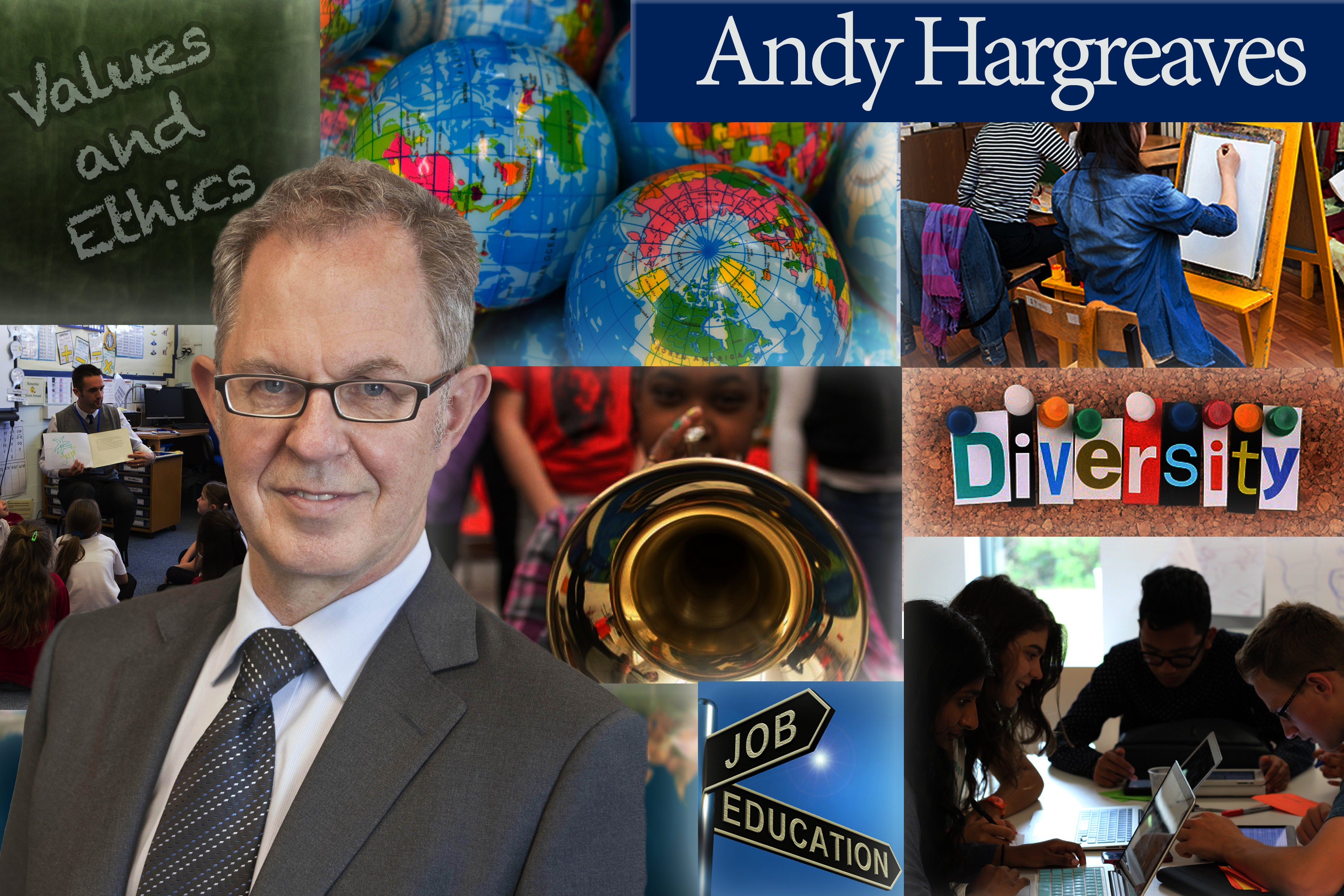
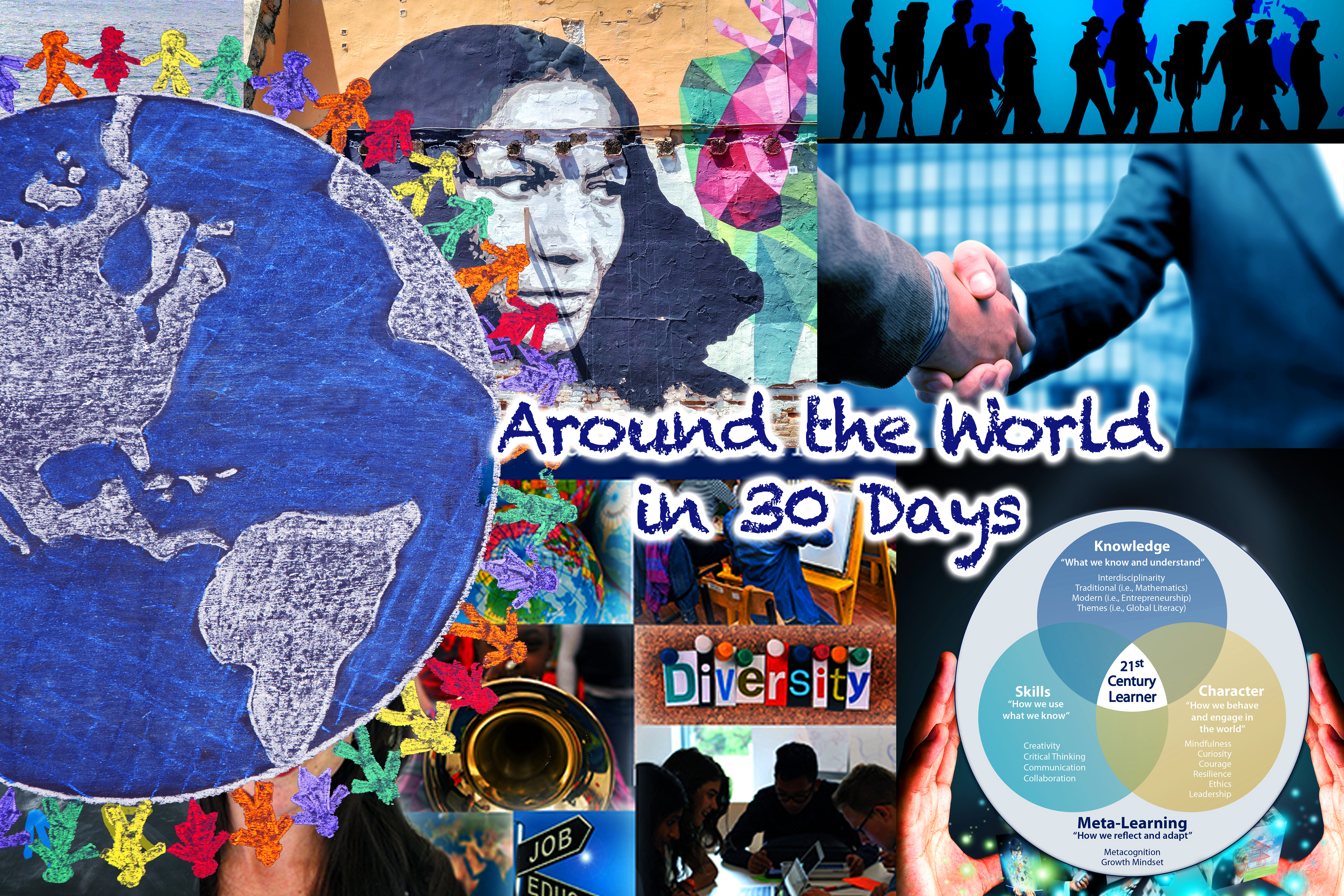
Legutóbbi hozzászólások